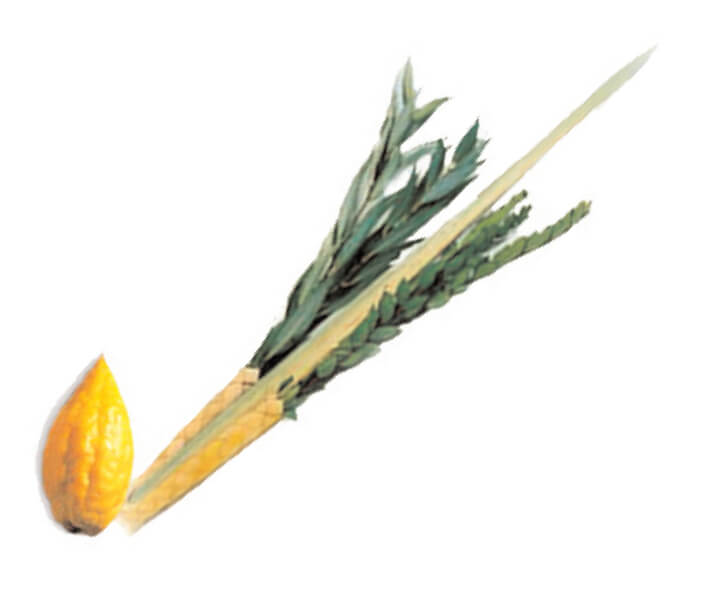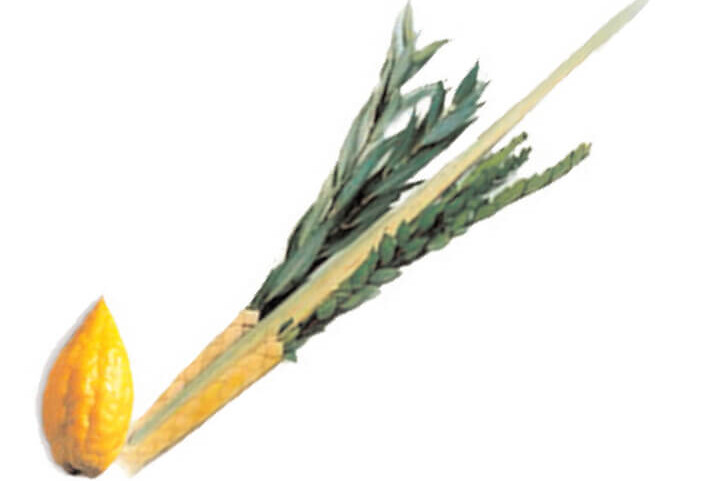One of the main mitzvot of the holiday of Sukkot is the waving of the four species: citron (etrog), palm, myrtle and willow. Trying to understand this mitzvah metaphorically, our sages compared the four species to four different types of Jews:
The fruit of a “beautiful tree” (etrog) has both taste and scent, and is symbolic of those Jews who are well-versed in Torah and who have performed many good deeds.
The branch of the palm tree (lulav) has taste but no scent, and is symbolic of those Jews who are well-versed in Torah but have not performed good deeds.
The boughs of myrtle (hadassim) have scent but no taste, and are symbolic of those Jews who have performed many good deeds, but have not studied Torah.
The willows of the stream (aravot) have no taste and no scent, and are symbolic of those Jews who have neither studied Torah nor performed good deeds.
When the four species are brought together, they represent the complete spectrum of the Jewish people. Acknowledging our different strengths and weaknesses is critical not only in creating harmony among people, but in creating a unified nation.
Creating a unified nation represents the ideal state of the Jewish people. It was in a state of true unity that the Jewish people camped at Mount Sinai to receive the Torah, and it can only be as a unified whole that we can reach our full potential once again.
For more information on the four species (lulav and etrog) of Sukkot,click here.
This Treat is reposted in honor of Sukkot.
Copyright © 2017 NJOP. All rights reserved.

If you like what you’ve read here, signup to get notifications about new treats.
Related Posts
Everyone Does the Wave
One of the main mitzvot of the holiday of Sukkot is the waving of the four species:…
0 Comments2 Minutes
Everyone Does The Wave
One of the main mitzvot of the holiday of Sukkot is the waving of the four species:…
0 Comments2 Minutes
Everyone Does the Wave
One of the main mitzvot of the holiday of Sukkot is the waving of the four species:…
0 Comments2 Minutes
 Print This Page
Print This Page